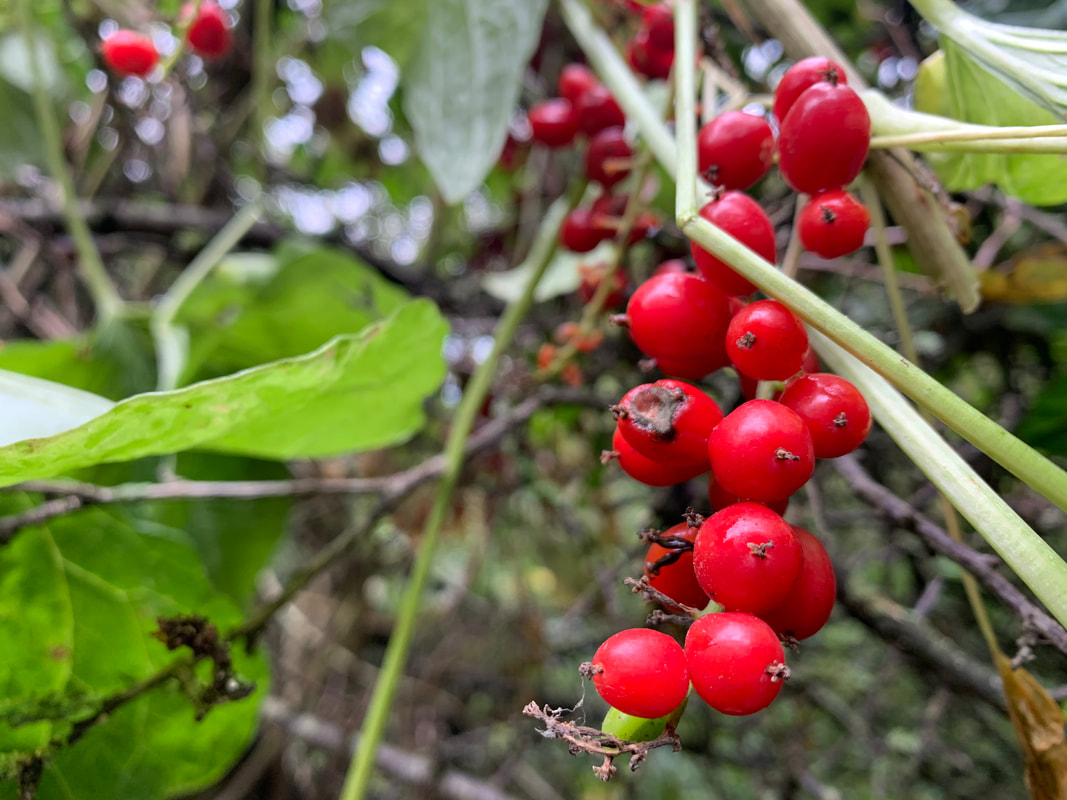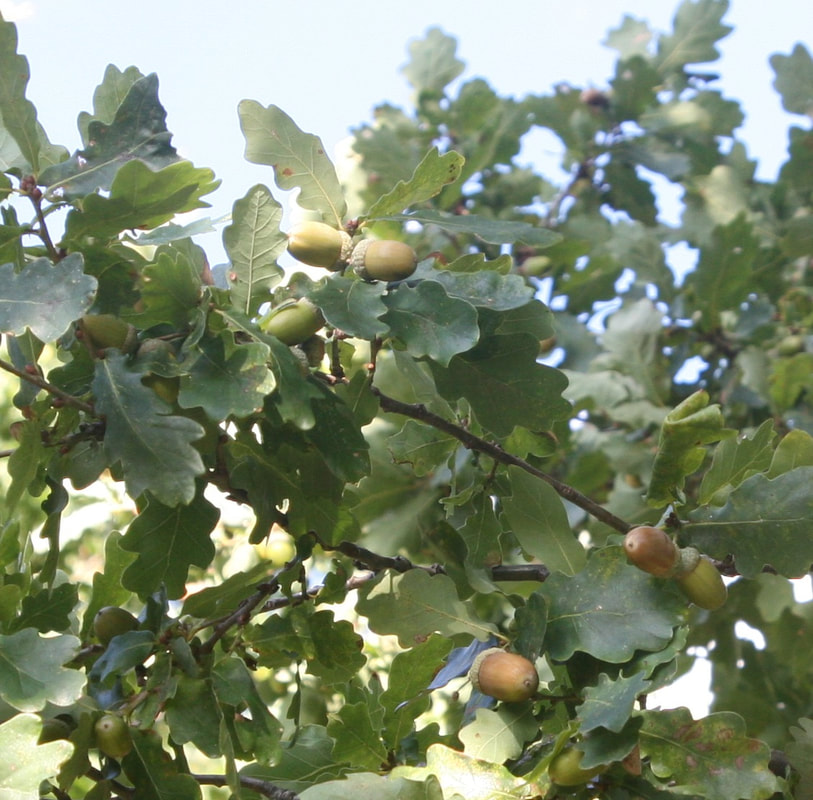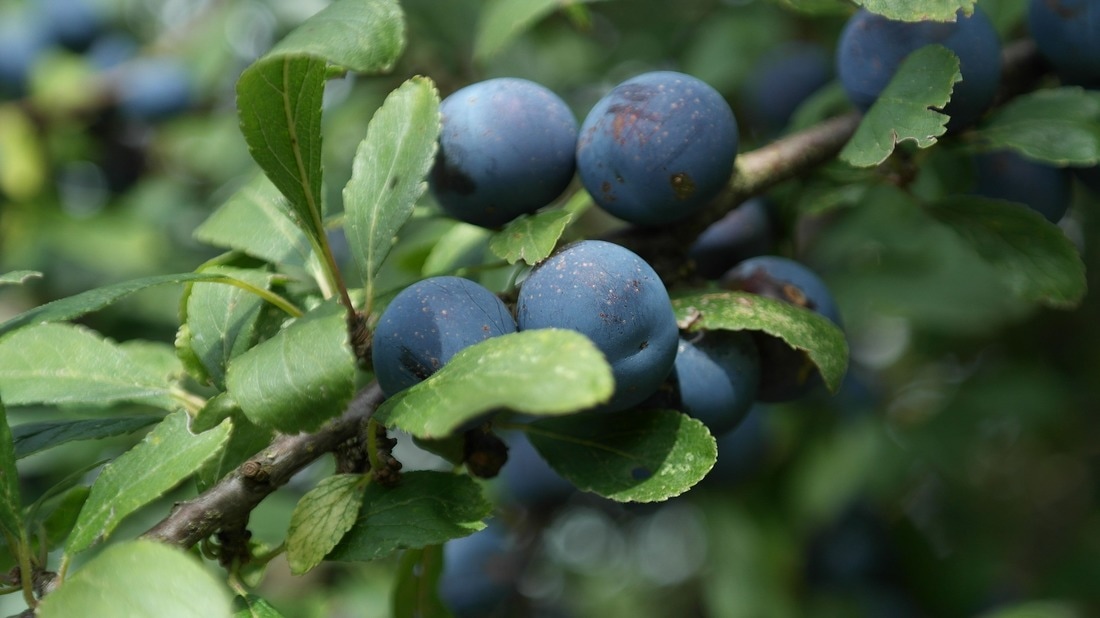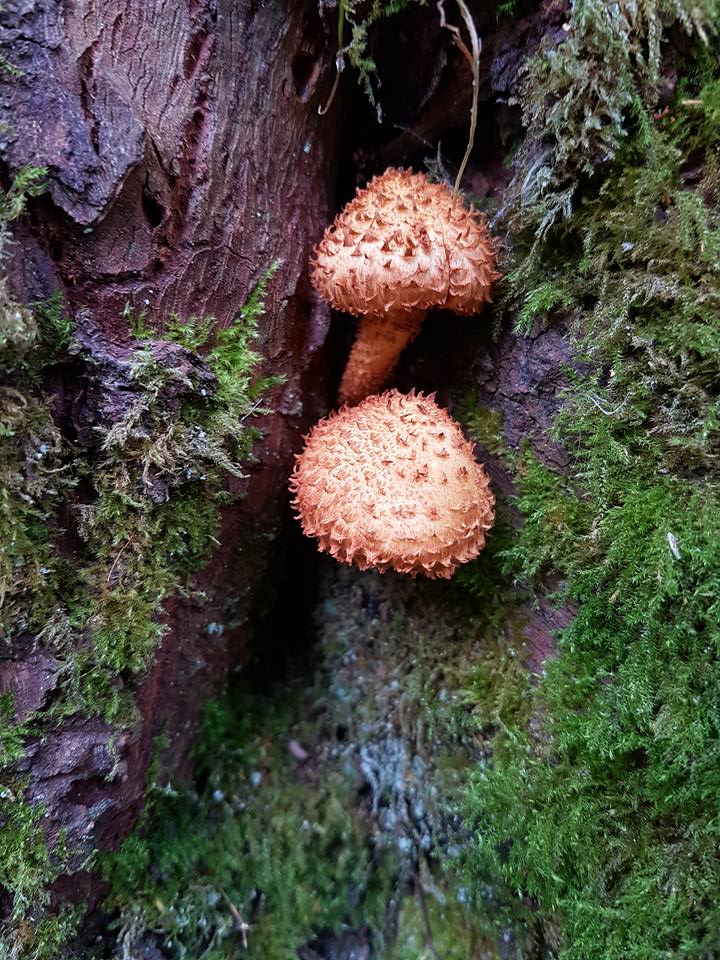Wildlife to watch in October
|
Spindle
Spindle Trees can grow up to 9m and live for more than 100 years. The bark and twigs are deep green, becoming darker with age, and have light brown, corky markings. The bright pink fruits split in autumn to reveal orange seeds and the leaves have great autumn colour too. Spindle is often found along woodland edges and is an indicator of Ancient Woodland. The timber is creamy-white, hard and dense and in the past it was used to make ‘spindles’ for spinning and holding wool (hence its name), as well as skewers, toothpicks, pegs and knitting needles. The fruits were baked and powdered, and used to treat head lice or mange in cattle. Both the leaves and fruit are toxic to humans and the berries having a laxative effect. Today, Spindle timber is used to make high-quality charcoal for artists. Cultivated forms of the tree are also grown in gardens for autumn colour. The Spindle’s botanical name, Euonymus, is from the Greek ‘eu’, meaning ‘good’ and ‘onoma’, meaning ‘name’. This is said to have meant ‘lucky’. However, in some areas, it was also thought that if the Spindle flowered early, an outbreak of the plague was on the way. |
Black Bryony
|
Black Bryony is a climbing hedgerow and edge of woodland plant. The pale green flowers are easy to miss in the summer but come October, the strings of bright red berries are easy to spot. With its exotic looking heart shaped leaves, it is our only native member of the yam family, but it is actually highly poisonous. In autumn Black Bryony dies back and stores its energy underground in an irregularly shaped blackish tuber. In spring shoots appear and rapidly grow upwards, twining round the nearest supporting hedge or tree. |
Long Tailed Tit
The Long-tailed Tit is an adorable, small, fluffy pinkish bird. Juveniles lack pink and have grey-black cheeks. Long-tailed tits are not really members of the Tit family but of the Aegithalidae family.
In the winter, flocks will huddle together to conserve body heat, sometimes using nest boxes or roosting pockets.
The Long-tailed Tits usually fly around in flocks of up to twenty or so, and they are twittering continually to one another. When they are in the trees, they can be seen busily flitting from branch to branch looking for insects. Long-tailed tits are very acrobatic and will hang upside-down from the end of branches.
In the winter, flocks will huddle together to conserve body heat, sometimes using nest boxes or roosting pockets.
The Long-tailed Tits usually fly around in flocks of up to twenty or so, and they are twittering continually to one another. When they are in the trees, they can be seen busily flitting from branch to branch looking for insects. Long-tailed tits are very acrobatic and will hang upside-down from the end of branches.
Also look out for
English Oak
|
The English Oak is a large deciduous tree up to 20-40 metres tall. In England, the English Oak has assumed the status of a national emblem and for centuries it has been a national symbol of strength and survival.
The open canopy enables light to penetrate through to the woodland floor, allowing bluebells and primroses to grow below. Oak forests provide a habitat rich in biodiversity and they support more life forms than any other native trees. They host hundreds of species of insect, supplying many British birds with an important food source. |
Sloes
|
A shrub with pure white flowers and dark, thorny branches, blackthorn is perhaps best known for its fruits, which are used to produce sloe gin.
Blackthorn is a shrub belonging to the same genus (Prunus) as almond, cherry and plum trees. The specific epithet spinosa refers to the sharp spines or thorns that are characteristic of this plant. An important plant for wildlife, its early spring flowers provide nectar for early emerging insects, and its branches create a spiny thicket, providing secure nesting sites for birds. |
Go to next month's wildlife






